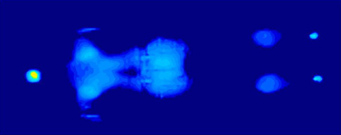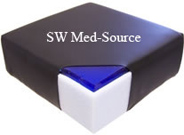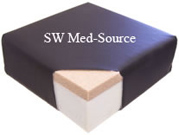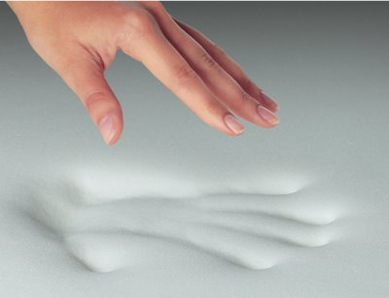| Back to Replacement Surgery Table Pads |
For more information or to order, call us at 1 888 424-1740 |
|
|
| Surgery Table Pad Pressure Map Comparison | |
| Compare the high pressure red areas at the head and heels on the below pressure maps. The yellow color indicates a slightly lower pressure. The blue color as shown below with the Softcare Memory Foam Pad shows the least amount of pressure. | |
| 2" Standard and Deluxe Pad Pressure Map with a male subject, 5' 9" 200 lbs. in the supine position | |
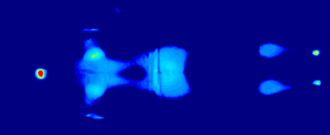 |
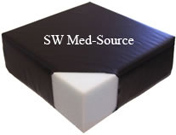 |
| The Standard Pad features a high density #2860 polyurethane foam and a conductive Herculite Lectrolite cover. The Deluxe Pad has the same type of foam. But it includes a flexible, pliable fusion cover with similar pressure map readings. Warranty: 1 year. | |
|
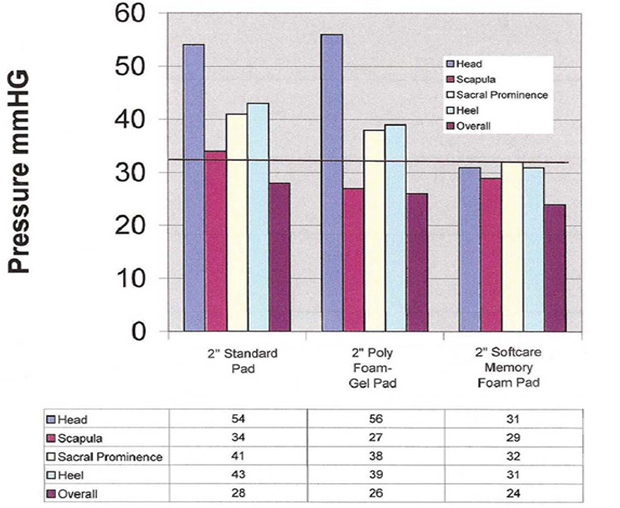 |
| The above chart indicates average pressure readings on three different types of pads with a male subject, 5' 9" 200 lbs. in the supine position. The horizontal line represents the capillary pressure of 32 mm Hg. According to articles published in the AORN Journal, reducing pressure on O.R. table pads below 32 mm HG. is very important. SW Med-Source shares your concerns about O.R. pressure management. We are providing this chart to help you with your purchasing decision. "Pressure ulcers form when external pressure exceeds the tissue capillary pressure of 25 to 32 mm Hg. This pressure impedes blood flow for a period of time causing altered tissue perfusion or tissue ischemia, resulting in the formation of an ulcer.”* Patient characteristics, surgical experience variables and surgical table surfaces are some of the determinants of pressure ulcer development. Costs: Researchers have found that pressure ulcers are a significant, independent predictor of hospital costs. "Each year, approximately 1.6 billion patients develop hospital-acquired pressure ulcers at a cost of $2.2 to $3.6 billion. Of these ulcers, 23% occur on surgical patients undergoing procedures lasting more than three hours and represent an annual direct cost of $750 million to $1.5 billion".*An Integrative Review of Pressure Relief in Surgical Patients, AORN Journal, Volume 73, Issue 3, Pages 645-674 (March 2001) Note: The above pressure details compare 2" thick pads because this is what people usually buy. However based upon our pressure map comparisions, "The thicker the pad, the better the pressure readings". ©2005 - 2010, SW Med-Source, All Rights Reserved |
.jpg)
